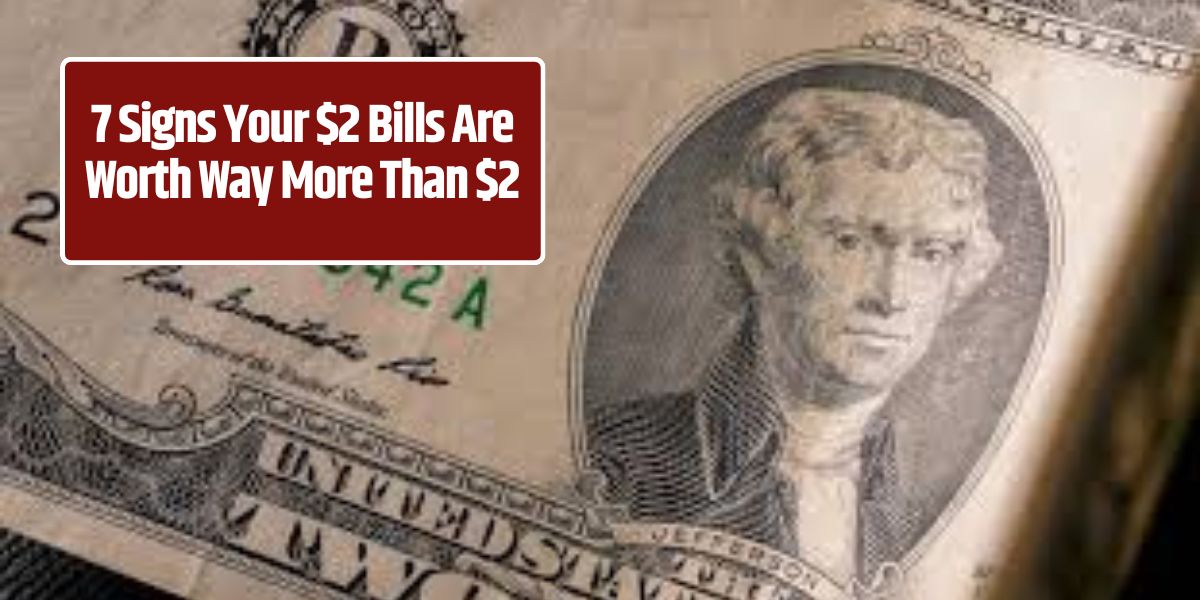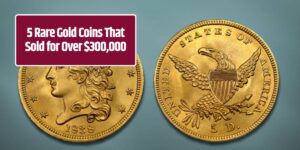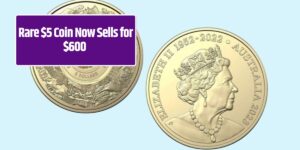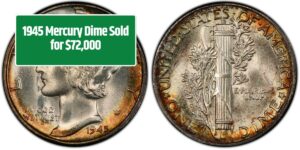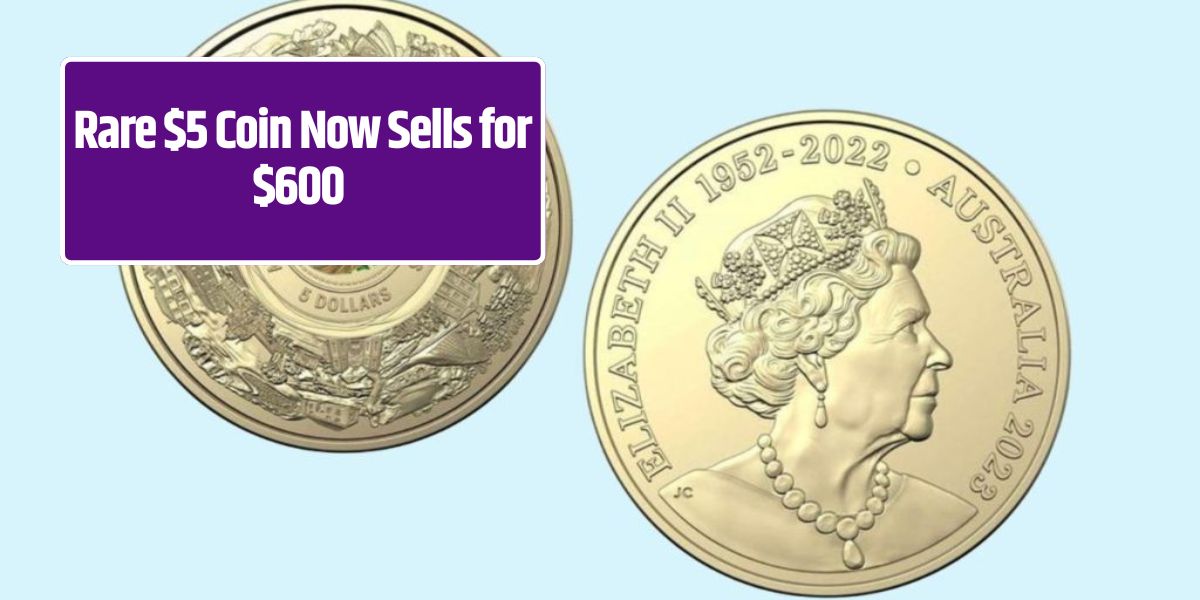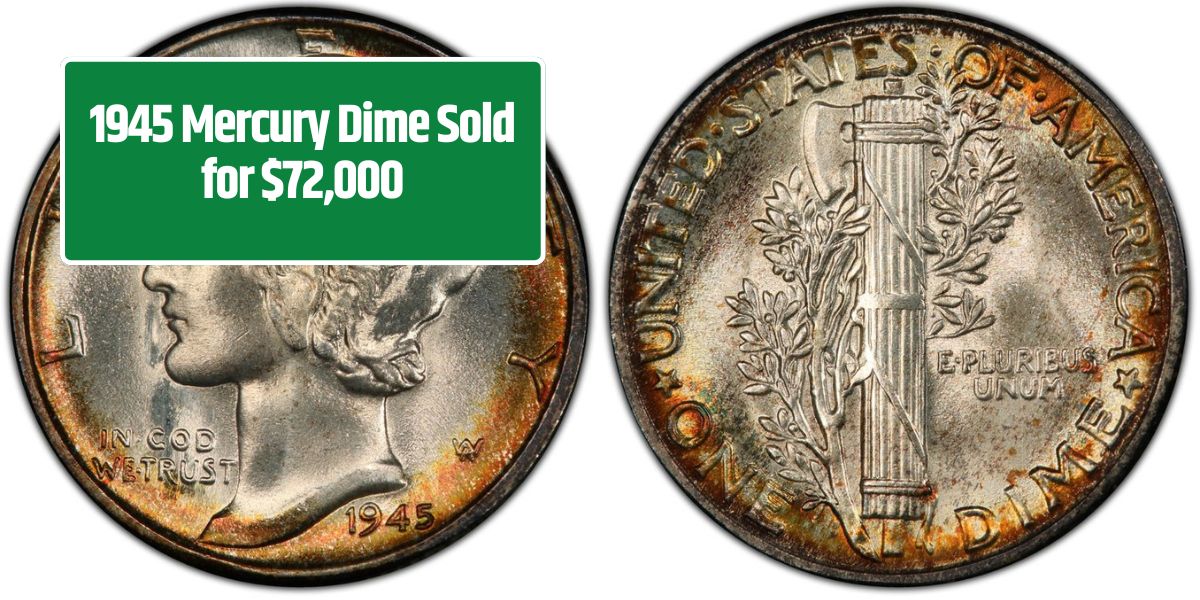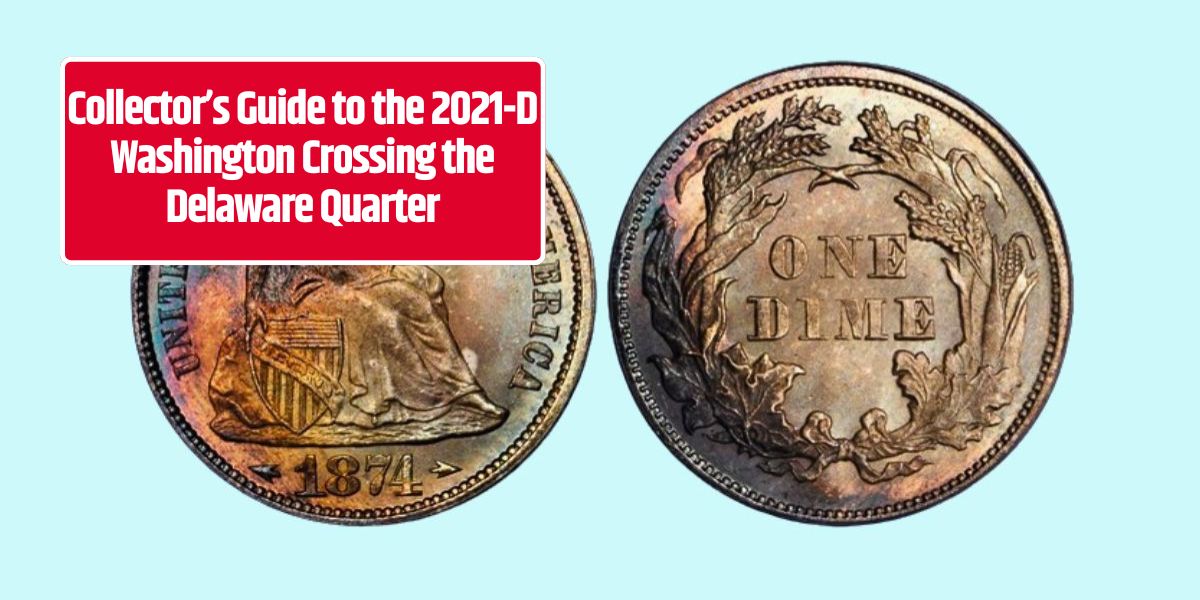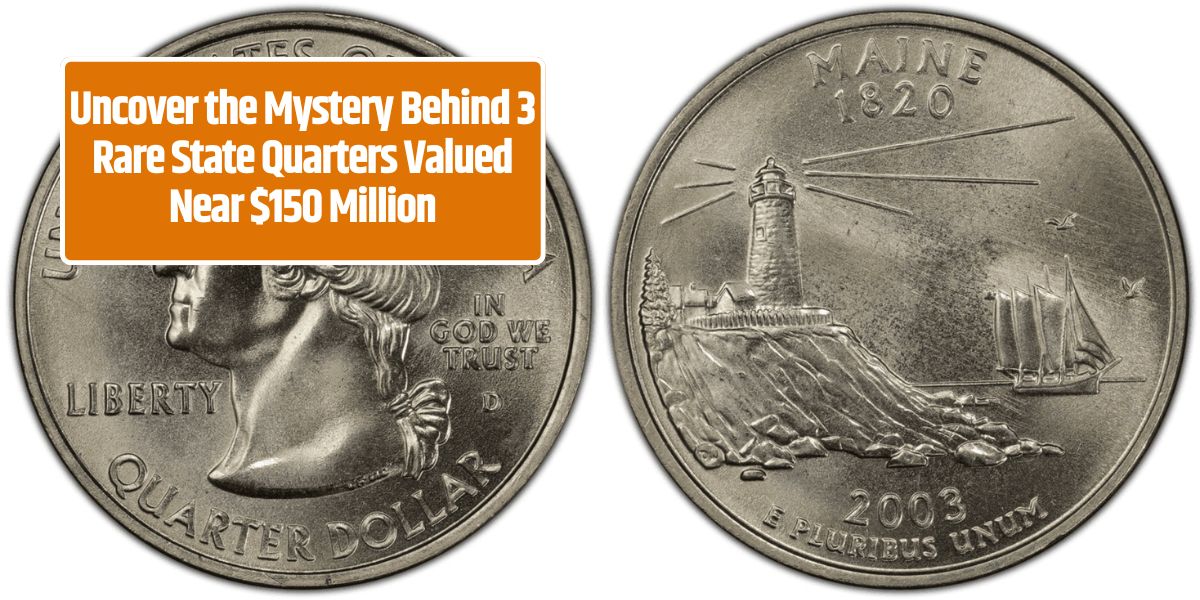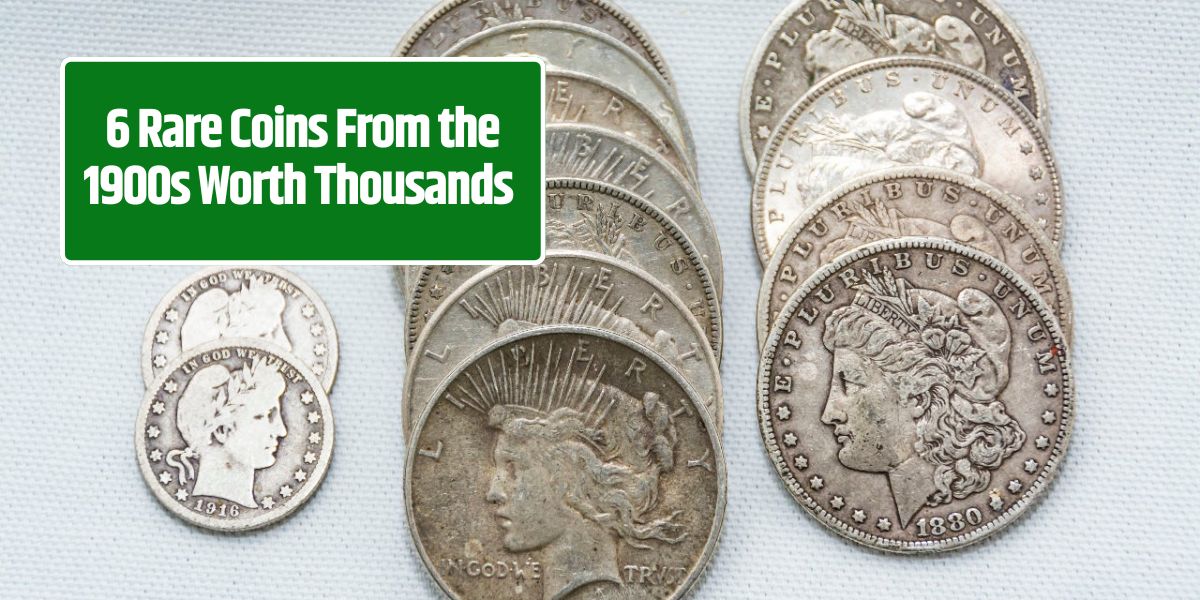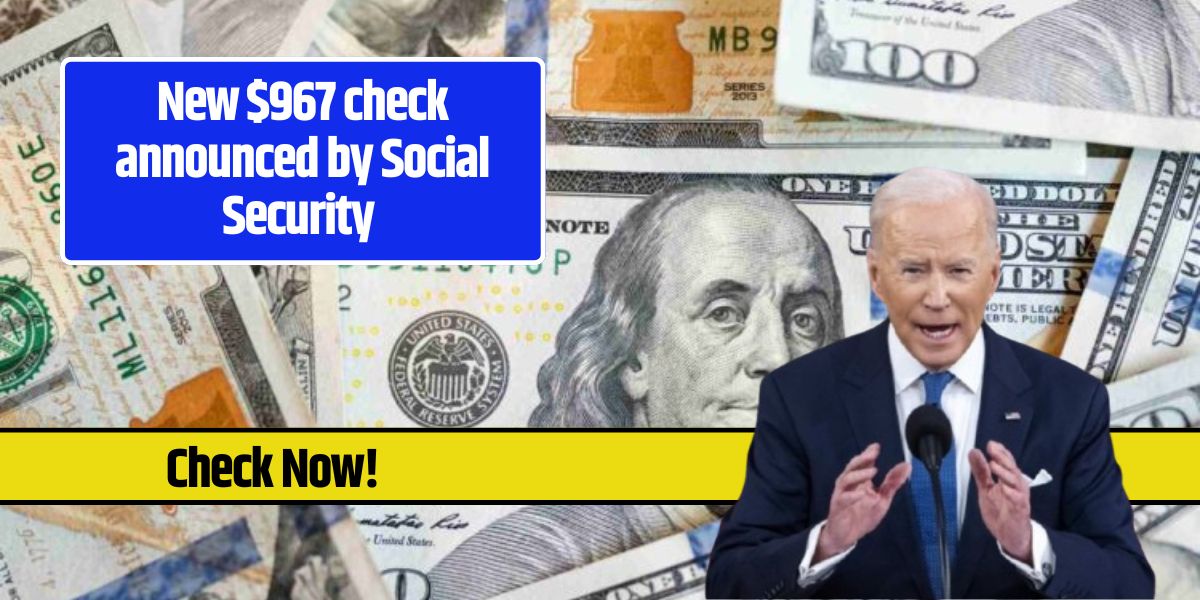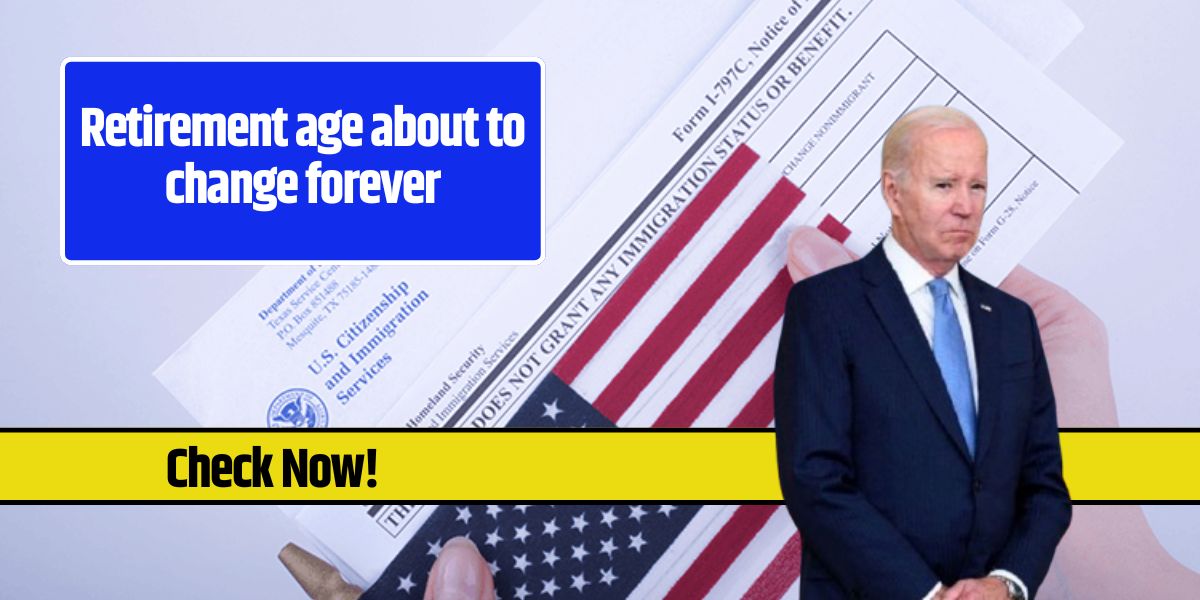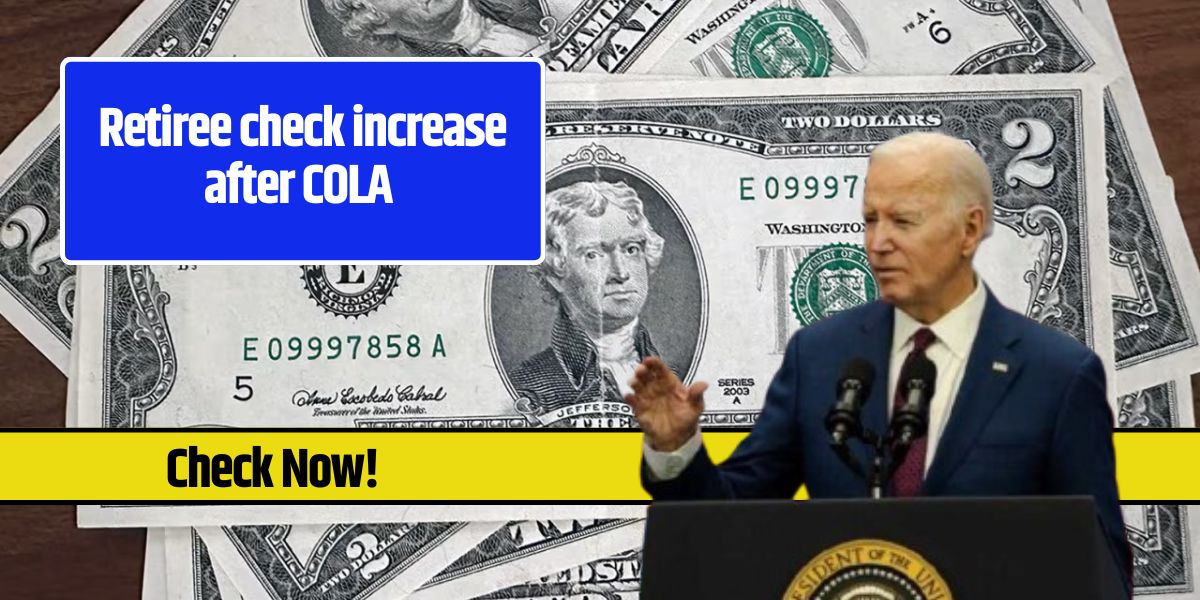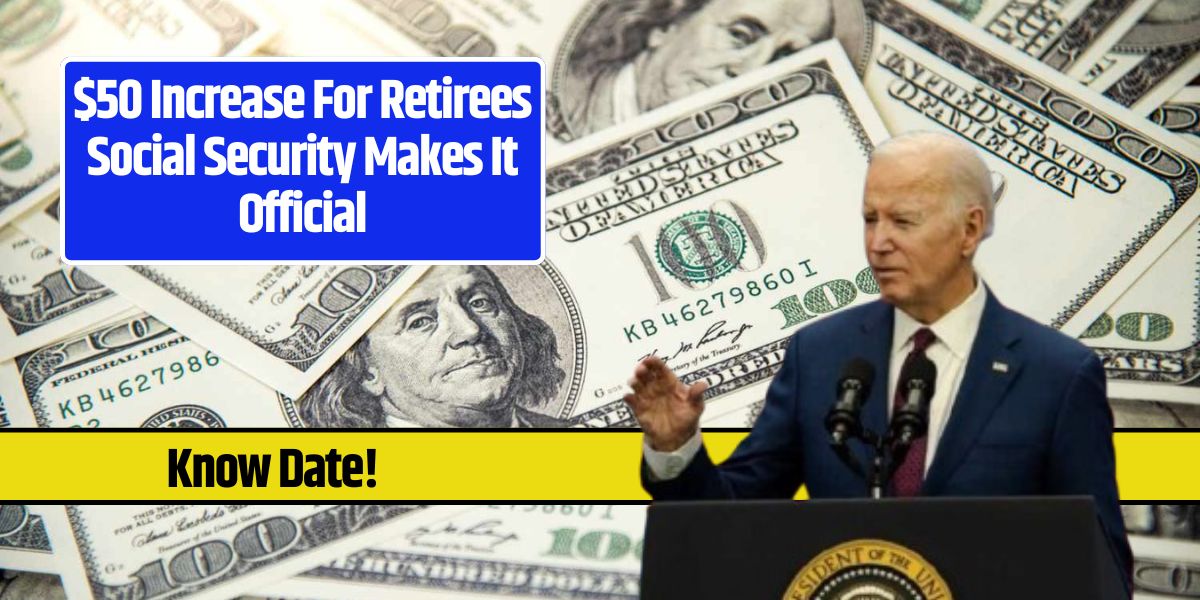If you’ve got a stash of $2 bills, it might be worth more than you think. While they remain in circulation, certain $2 bills can hold value beyond their face amount. Collectors often pay premiums for bills with specific features, ranging from unique serial numbers to rare printing errors. Here’s how to spot whether your $2 bill might be worth more than just two dollars.
7 Ways to Determine If Your $2 Bill Has Added Value
1. Check the Series Year
The first step in assessing a $2 bill’s potential worth is looking at its series year. Bills from specific years, especially those printed before 1976, are generally more valuable. The most highly sought-after $2 bills are large-sized notes printed between 1862 and 1918. Depending on the condition, these older notes can range from a few hundred dollars to thousands.
2. Look for Unique Serial Numbers
The serial number on a $2 bill can significantly impact its value, with “fancy” serial numbers being especially desirable to collectors. Bills with repeating numbers (like 11111111), palindromic numbers (e.g., 1234321), or very low numbers (such as 00000001) can command prices anywhere from $500 to several thousand dollars, depending on the number pattern and condition.
3. Check for Star Notes
Star notes are replacement bills printed when errors occur during the production process, identifiable by a star symbol (*) at the end of the serial number. These bills tend to be rarer than standard issues, and even modern star notes can be worth $5 to $50. Older star notes, however, can sell for much more, potentially fetching several hundred dollars or more.
4. Examine the Seal Color
The color of the seal on a $2 bill may indicate rarity. While most modern $2 bills feature a green seal, older bills with red, brown, or blue seals are less common and highly collectible. For instance, a bill with a red seal from 1928 may be worth $10 or more, while some with brown or blue seals from earlier years can reach values of $4,500 or higher, particularly if they are in good condition.
5. Check for Misprints and Errors
Misprints, or error notes, can greatly increase a $2 bill’s value. Common misprints include misaligned printing, missing seals, or inverted images. These unique errors are rare, and collectors are often willing to pay significant premiums for them, with some error notes valued at thousands of dollars. Inspect your $2 bills closely for any unusual markings or inconsistencies.
6. Assess Condition: Uncirculated Bills
A bill’s condition is crucial in determining its value. Uncirculated $2 bills, which have never been used and show no folds, tears, or marks, are considerably more valuable. An uncirculated $2 bill from 1862, for example, could be worth as much as $20,000. Even relatively recent uncirculated $2 bills from 1995 can sell for $500 or more, depending on their condition.
7. Consider Historical Context and Rarity
The historical significance and rarity of a $2 bill also affect its value. Some $2 bills were printed only in limited quantities for specific events or special occasions. For instance, a 1928 $2 bill featuring Thomas Jefferson’s portrait is much rarer than later versions and can fetch a premium. Collectors especially value bills with historical context, often leading to auction prices in the thousands.
| Key Indicators of Valuable $2 Bills | Description | Potential Value (USD) |
|---|---|---|
| Series Year | Printed before 1976, especially 1862-1918 | Up to $20,000 |
| Unique Serial Numbers | Repeating digits, palindromes, low numbers | $500 – $5,000+ |
| Star Notes | Replacement bills with a star symbol | $5 – $500+ |
| Seal Color | Red, brown, or blue seals | $10 – $4,500+ |
| Misprints and Errors | Misaligned prints, missing elements | Up to thousands |
| Uncirculated Condition | No folds, tears, or marks | $500 – $20,000 |
| Historical Significance | Limited print runs, historical events | Up to thousands |
Some $2 bills are true collector’s items. If your bill has unique serial numbers, distinctive seals, or historical importance, it might hold significant value. Identifying these traits can reveal if that $2 bill in your drawer is a hidden treasure.
Are $2 bills still being printed?
Yes, $2 bills are still produced by the U.S. Treasury and are legal tender, though they are printed in smaller quantities than other denominations.
How can I find out if my $2 bill is valuable?
Check the series year, serial number, seal color, and look for any misprints or star notes. Additionally, the bill’s condition and any historical significance may impact its value.
What are “star notes,” and why are they valuable?
Star notes are replacement bills issued when there’s a printing error. They are marked with a star and are often rarer than regular issues, making them more collectible.

